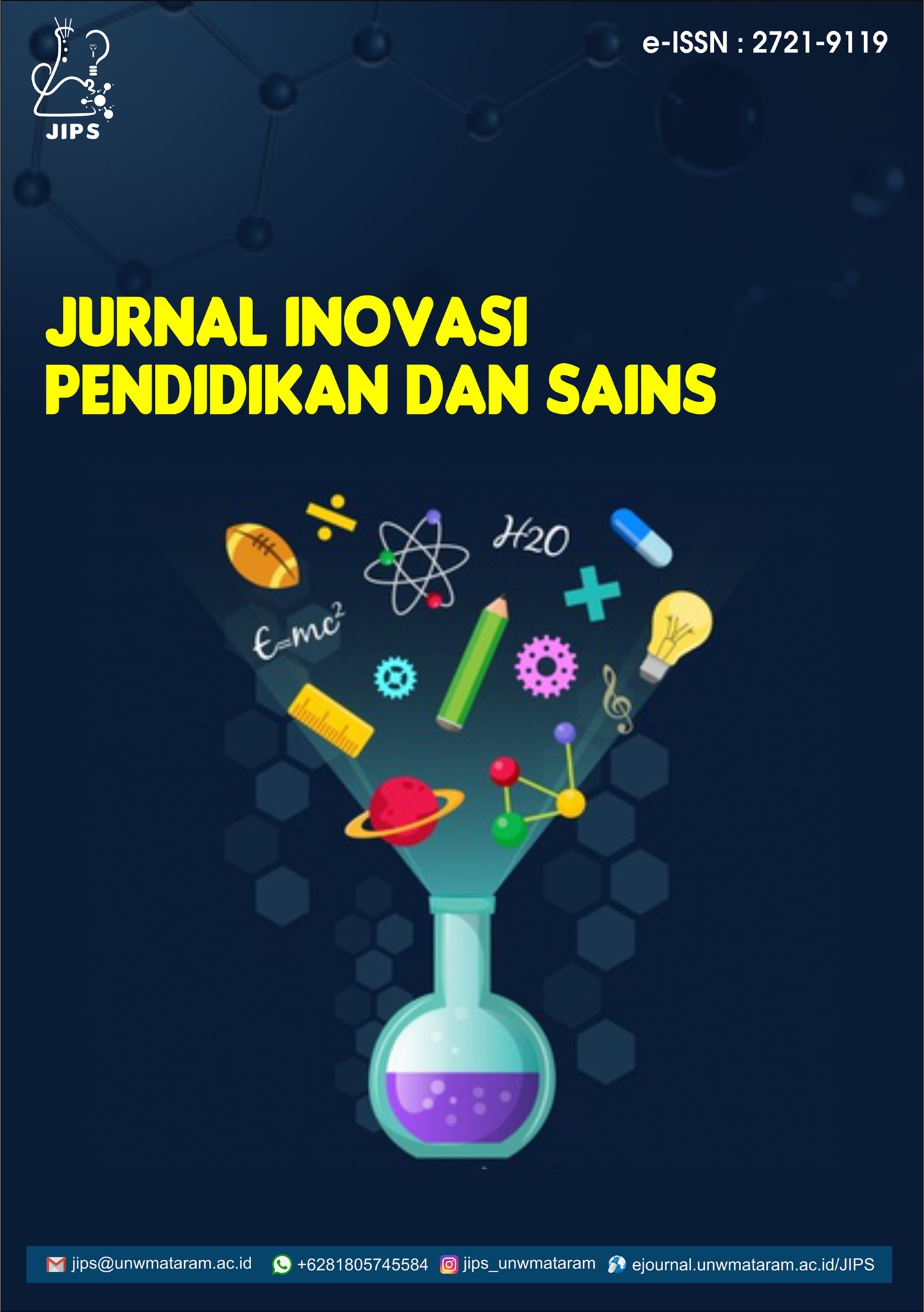THE EFFECTS OF POST STROKE FATIGUE ON DYNAMIC BALANCE IN THE ELDERLY
Abstract
Abstract: This study aims to determine the effect of post-stroke fatigue on motor function as seen from dynamic balance in the elderly. The results of this examination are considered because they are an important component of stroke recovery. The research was conducted at the Sri Mulyani Physiotherapy Clinic, West Jakarta for approximately 1 month, from January to March 2023. The measurement instruments in this study were the FAS to see post-stroke fatigue in the elderly and the Time Up and Go Test (TUG) to see dynamic balance function in the elderly. The results of the study were based on examining post-stroke fatigue using FAS before and after the intervention. There was a significant effect (p value = 0.0001****) in the examination group I, and dynamic balance examination using the TUG before and after the intervention had a significant effect (p value = 0.0004***) in the examination group II. On examination to see the effect of FAS and TUG it was found that there was a significant effect (p value = 0.0001**** or p <0.05) between post-stroke fatigue on dynamic balance in the elderly. The conclusion from the research results is that there is a significant influence between the results of examining post-stroke fatigue in the elderly using the Fatigue Assessment Scale on dynamic balance in the elderly using the Time Up and Go Test.
References
2. Joo H, George MG, Fang J, Wang G. (2014). A Literature Review of Indirect Costs Associated with Stroke. Journal Stroke Cerebrovascular Diseases, 23: 1753-1763.
3. Go AS, Mozaffarian D, Roger VL, et al. (2014). Heart Diseases and Stroke Statistics Update: A Report from the American Heart Assocition. Circulation, 129: e28-e292.
4. Wen, H., Weymann, B., Wood, L., & Wang, M. (2018). Inflammatory Signaling in Post Stroke Fatigue and Depression. European Neurology, 80: 138-148.
5. Bensimon, K., Herrmann, N., Swardgafer, W., Yi, H., Black, S. E., Gao, F, Q., et al. (2014). Kyurenine and Depressive Symptoms in a Post Stroke Population. Neuropsychiatry Diseases Treatment, 10: 1827-1835.
6. Sandu, R. E., Buga, A. M., Uzoni, A., Petcu, E. B., & Popa Wagner, A. (2015). Neuroinflammation and Comorbididties are Frequently Ignored Factors in CNS Pathology. Neural Regeneration Research, 10: 1349-1355.
7. Wu, S., Kutlubaev, M. A., Chun, H. Y. Y., Cowey, E., Pollock, A., Macleod, M. R., et al. (2015). Interventions for Post Stroke Fatigue. Cochrane Database Systematic Reviews, 7:CD007030.
8. Marzolini, S., Oh, P., Corbett, D., Dooks, D., Calouro, M., Macintosh, B. J., et al. (2016). Prescribing Aerobic Exercise Intensity Without a Cardiopulmonary Exercise Test Post Stroke: Utility of Six Minute Walk Test. Journal Stroke Cerebrovascular Diseases, 25: 2222-2231.
9. Mead G, Bernhardt J, Kwakkel G. (2012). Physical Fitness, Exercise, and Fatigue: A Systematic Review. Stroke Research and Treatment, 2012: 632531.
10. Ponchel, A., Das, A., Unnikrishnan, J., Amal, M. G., Sarma, P. S., & Sylaja, P. N. (2016) Post Stroke Fatigue: A Systematic Review. Stroke Research and Treatment, 2015: 347920.
11. Goh, Hui-Thing., & Stewart, C, J. (2019) Post-Stroke Fatigue is Related to Motor and Cognitive Performance: A Secondary Analysis. Journal Neurology Physical Therapy, 43(4): 233-239.
12. MacIntosh BJ, Edwards JD, Kang M, Cogo Moreira H, Chen JL, Mochizuki G, et al. (2017). Post-Stroke Fatigue and Depressive Symptoms are Differentially Related to Mobility and Cognitive Performance. Front Aging Neuroscience, 9: 343.
13. Maurizio Paciaroni & Monica Acciarresi. (2019). Post Stroke Fatigue. American Heart Association, 50: 1927-1933.
14. Chen YK, Qu JF, Xiao WM, et al. (2015). Post Stroke Fatigue: Risk Factors and its Effect on Functional Status and Health-Related Quality of Life. Stroke Research and Treatment, 10: 506-12.
15. Mandliya A, Das A, Unnikrishnan JP, Amal MG, Sarma PS, Sylaja PN. (2016). Post-Stroke Fatigue is an Independent Predictor of Post-Stroke Disability and Burden of Care: A Path Analysis Study. Topics in Stroke Rehabilitation, 23; 1-7.
16. Mutai H, Furukuwa T, Araki K, Misawa K, Hanihara T. (2012). Factors Associated with Functional Recovery and Home Discharge in Stroke Patients Admitted to a Convalescent Rehabilitation Ward. Geriatri Gerontol International, 12: 215-22.
17. Gialanella B, Santoro R, Ferlucci C. (2013). Prediciting Outcome After Stroke: The Role of Basic Activities of Daily Living Predicting Outcome After Stroke. European Journal Physical Rehabilitation Medicine, 49: 629-37.
18. Trine Schow, Thomas William Teasdale, Kirsten Kensen Quas & Morten Arendt Rasmussen. (2016). Problems with Balance and Binocular Visual Dysfunction are Associated with Post-Stroke Fatigue. Topics in Stroke Rehabilitation, 1: 41-49.
19. Egerton Thorlene, Hokstad Anne, Askim Torunn, Bernhardt Julie, & Indredavik Bent. (2015). Prevalence of Fatigue in Patients 3 Months After Stroke and Association with Early Motor Activity. BioMed Central Neurology, 15:181.
20. Rutkowski NA, Sabri E, Yang C. (2021). Post-Stroke Fatigue: A Factor Associated with Inability to Return to Work in Patients <60 Years – A 1 Year Follo-up. PLos ONE, 16(8): e02255538.



